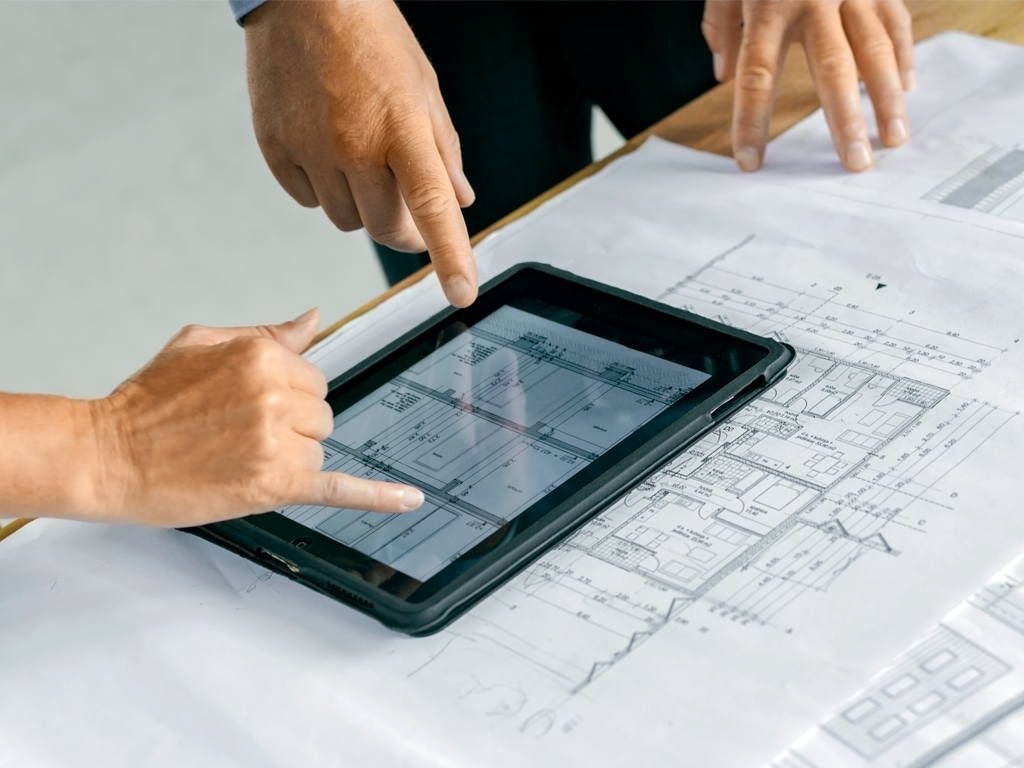Recently, the American Society of Heating, Refrigerating, and Air-Conditioning Engineers (ASHRAE) released Standard 241-2023 -- Control of Infectious Aerosols, updating and specifying the concept of a Building Readiness Plan. A Building Readiness Plan is closely related to an IAQ or IEQ Plan but with a focus on long-range disease transmission rather than general indoor air quality (IAQ.) As an early reader of Standard 241, ActivePure would like to share the following executive summary of Building Readiness Plans and how they can assist your organization.
What Is a Building Readiness Plan?
Originally introduced by ASHRAE’s Epidemic task force, a Building Readiness Plan (or BRP) is a deposit of all the information your organization needs to improve indoor air quality, specifically in light of humanity's newly expanded understanding of airborne diseases. Standard 241 describes a BRP as such:
“The BRP shall be created after the assessment, planning, and implementation phases to describe the engineering and nonengineering controls that the facility’s systems will use to achieve its target equivalent clean airflow for infection control (VECAi,target.) The BRP shall be either a standalone document or a section of an existing emergency operations planning document.”
From this description, we can see that a BRP has 4 major aspects:
- Focus: The BRP documents efforts to achieve “equivalent clean airflow for infection control.”
- Intervention: The BRP contains detailed information on “engineering” and “nonengineering” (or non-engineering) controls used to accomplish its goal.
- Preliminaries: The BRP is created after initial assessment, planning, and implementation phases.
- Documentation: The BRP is a written resource for the entire building.
Focus: Equivalent Clean Airflow
Building Readiness Plans acknowledges and calculates the cumulative effect of multiple air quality interventions. This is expressed as ECAi or the “required equivalent clean airflow per person for infection risk mitigation.”
Equivalent Clean Airflow is “the theoretical flow rate of pathogen-free air that, if distributed uniformly within the breathing zone, would have the same effect on infectious aerosol concentration as the sum of actual outdoor airflow, filtered airflow, and inactivation of infectious aerosols.”
In other words, a BRP describes how a building ensures there is enough non-infectious air per person in a space, regardless of which tools are being used.
Intervention: Engineering vs. Non-engineering Controls
A building ensures the above through a combination of engineering and non-engineering controls.
Non-engineering controls refer to anything that *doesn’t* relate to ventilation, filtration, or air cleaning. A BRP’s non-engineering controls might specify the following:
- Allowed building occupancy: How many people are allowed in each room at a time? How many are allowed in the building as a whole? These numbers may be reduced from their pre-2020 levels to achieve ECAi.
- Personal protective equipment: What is available to building occupants? What PPE employees are required to use?
- Social distancing: Is there a “separation area” for potentially infectious individuals? Are employee workstations spaced a certain distance apart?
- Cleaning processes: What is the system your environmental staff must follow? What equipment and/or disinfectants are used?
Engineering controls refer to the ventilation, filtration, or air cleaning technologies used in a given building. A good BRP might answer the following regarding these technologies:
- Technical specifications: What technologies do you use? What is their filter grade and rack size (if applicable?) What are their airflow values? Where are they located in the building?
-
Operation requirements and schedule: What is the sequence of operation for each system? When are your systems operational? What are the settings at each time of day? What are the ventilation requirements in each zone of the building?
-
Note: A BRP also distinguishes between three different modes of operation, determines when they should be used, and determines how their ECAi targets differ.
- Infection Risk Mitigation Mode (IRMM): Per an ASHRAE press release “applies during identified periods of elevated risk of disease transmission[...] for example, during influenza season. This aspect of Standard 241 introduces the concept of resilience – [the] ability to respond to extreme circumstances outside normal conditions[...]”
- Normal Mode: Used when infection risk is not elevated.
- Temporary Shutdown: Presumably, this mode is for maintenance or mechanical emergencies. It would ideally occur when the building is unoccupied.
-
Note: A BRP also distinguishes between three different modes of operation, determines when they should be used, and determines how their ECAi targets differ.
- Maintenance requirements and schedule: What parts and/or maintenance do your controls require (according to the manufacturers and ASHRAE?) How often is this maintenance performed?
Preliminaries: Assessment, Planning, Implementation, and Commissioning
As you can see, engineering and non-engineering controls encompass a wide range of interventions. Thus, before a BRP can be created, there is a 3-step preliminary process for collecting this data.
- Assessment: This involves a very thorough look at existing ventilation, filtration, and air cleaning systems—their capacity, operation, maintenance, and specifications. It also involves a very precise inventory of the space—floor area, ceiling height, room volume, occupancy schedule, etc. Pay special attention to logging issues (or potential issues which may occur as the space is modified.) For instance, an assessment of one office may reveal that the intake vent is too close to the exhaust vent, “short-circuiting” the clean airflow to the room.
- Planning and Implementation: Planning involves calculating the difference between what existing systems/practices are capable of and the target ECAi. After determining what modifications or additional controls might meet ECAi, the new systems are implemented. For instance, if an HVAC system’s filters are only capable of collecting larger pathogens, such as bacteria, a possible modification might involve supplementing portable air cleaners which target larger viruses.
- Commissioning: This step uses a variety of testing methodologies to verify that the interventions added by the planning stage are working as predicted.
Note that Building Readiness Plans can apply to both new and existing buildings. This preliminary process can be quite helpful during the construction process for new buildings by heading off problems before they are created.
Documentation: Recordkeeping, Accessibility, and Updates
The most easily overlooked aspect of a Building Readiness Plan is that it is written down. This ensures that all the hard work your organization has done to achieve target ECAi can be evaluated and maintained.
Per Standard 241, “The BRP, in either hard copy or electronic format, shall be maintained on site or in a centrally accessible location for the working life of the applicable ventilation system equipment or components.” By making it accessible, the BRP provides a reference during leadership changes, new hires, repairs, and renovations.
Also per the new standard, a BRP should be updated whenever:
- “Buildings or systems are altered”
- “Changes are made to building use or space occupancy category”
- “A significant change in occupancy density occurs”
- “Other changes are made that are inconsistent with system design assumptions”
A Few Final Words
Whether you are a construction manager designing a new building or a facility manager trying to navigate post-pandemic regulations, Building Readiness Plans can be a wonderful resource. BRPs—once created—are a wealth of information for your entire organization. They include comprehensive data on everything from HVAC performance to cleaning practices, and they establish if/then methodologies comprehensible to every member of your team. If you are looking for a way to improve air quality (as well as delegate some of your IAQ to-do list) we recommend creating one.
That being said, creating a Building Readiness Plan is obviously a large project, and you already have a lot to do. Thus, it may be advisable to seek outside assistance. ActivePure’s Enterprise Services Team offers its IAQ expertise to organizations looking to establish a new chapter in their indoor air quality policy. Contact us today to get started.



